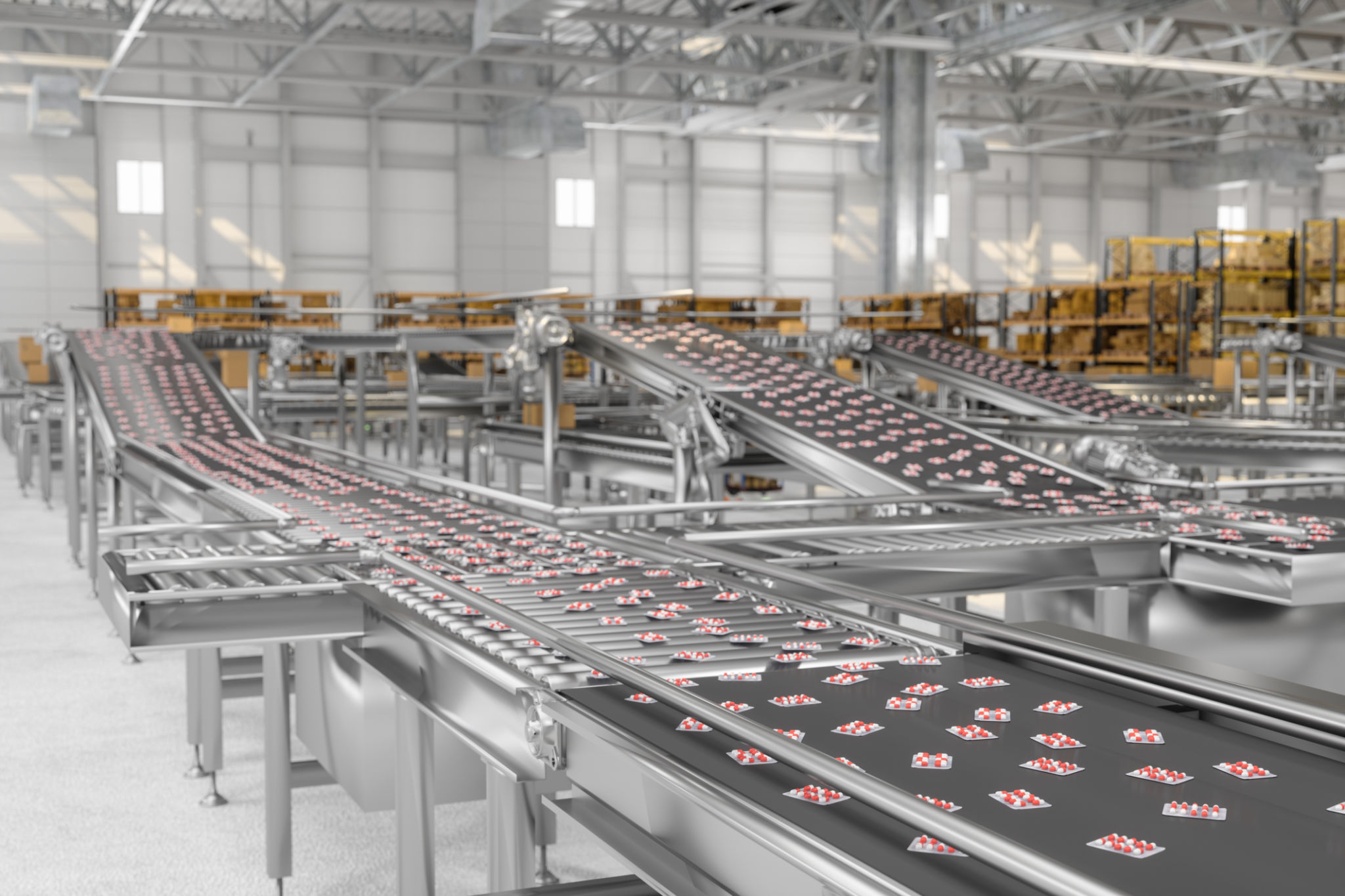Latest Trends in Healthcare Equipment Logistics
Introduction to Healthcare Equipment Logistics
The healthcare sector is a rapidly evolving industry, constantly adapting to new technologies and innovations. One of the critical components of this industry is the logistics of healthcare equipment. With the increasing demand for timely and efficient delivery of medical supplies and equipment, logistics strategies have become more sophisticated and essential than ever before.
In recent years, several trends have emerged that are transforming how healthcare equipment is transported and managed. Understanding these trends is crucial for healthcare providers, logistics companies, and stakeholders within the sector.

Embracing Technology and Automation
The integration of technology in logistics has revolutionized the way healthcare equipment is managed. Automation plays a significant role in enhancing efficiency, reducing human errors, and improving accuracy. Technologies such as RFID tags, IoT devices, and GPS tracking systems are widely used to monitor and manage the logistics process.
Automation helps in streamlining operations by providing real-time updates on the location and status of medical equipment. This not only ensures timely deliveries but also enhances the overall efficiency of the supply chain.
Sustainability in Logistics
As environmental concerns continue to rise, sustainability has become a major focus for logistics in the healthcare sector. Companies are adopting eco-friendly practices by using electric vehicles, optimizing routes to reduce fuel consumption, and implementing sustainable packaging solutions.
Moreover, reducing waste through better inventory management and recycling initiatives contributes to more sustainable logistics practices. These efforts not only benefit the environment but also help in reducing operational costs over time.

Enhanced Supply Chain Visibility
Supply chain visibility is critical in healthcare logistics as it allows for better planning and decision-making. Advanced data analytics and cloud-based solutions provide comprehensive insights into the supply chain operations, enabling stakeholders to anticipate potential disruptions and respond proactively.
Enhanced visibility also facilitates better collaboration among different players in the logistics chain, ensuring that medical equipment reaches its destination promptly and safely.
Adapting to Regulatory Changes
The healthcare industry is heavily regulated, with stringent standards governing the transportation of medical equipment. Staying compliant with these regulations is a constant challenge for logistics providers. Recent changes in global trade policies and healthcare standards have necessitated adaptations in logistics strategies.
Logistics companies must stay updated with regulatory changes and ensure that their practices meet all necessary compliance requirements to avoid penalties and ensure smooth operations.

The Rise of Cold Chain Logistics
Cold chain logistics has gained significant attention due to the growing demand for temperature-sensitive healthcare products like vaccines, biologics, and certain medications. Maintaining the integrity of these products during transportation is crucial to their efficacy.
Investments in advanced cold chain technologies, such as temperature-controlled containers and real-time monitoring systems, have become essential for ensuring product quality and safety throughout the supply chain.
Conclusion
The logistics of healthcare equipment continue to evolve with technological advancements and changing market demands. By embracing automation, sustainability, enhanced visibility, regulatory compliance, and cold chain innovations, the industry is better equipped to meet the challenges of today’s dynamic healthcare environment.
Keeping abreast of these trends is vital for stakeholders looking to improve efficiency, reduce costs, and enhance patient care through streamlined logistics operations.
